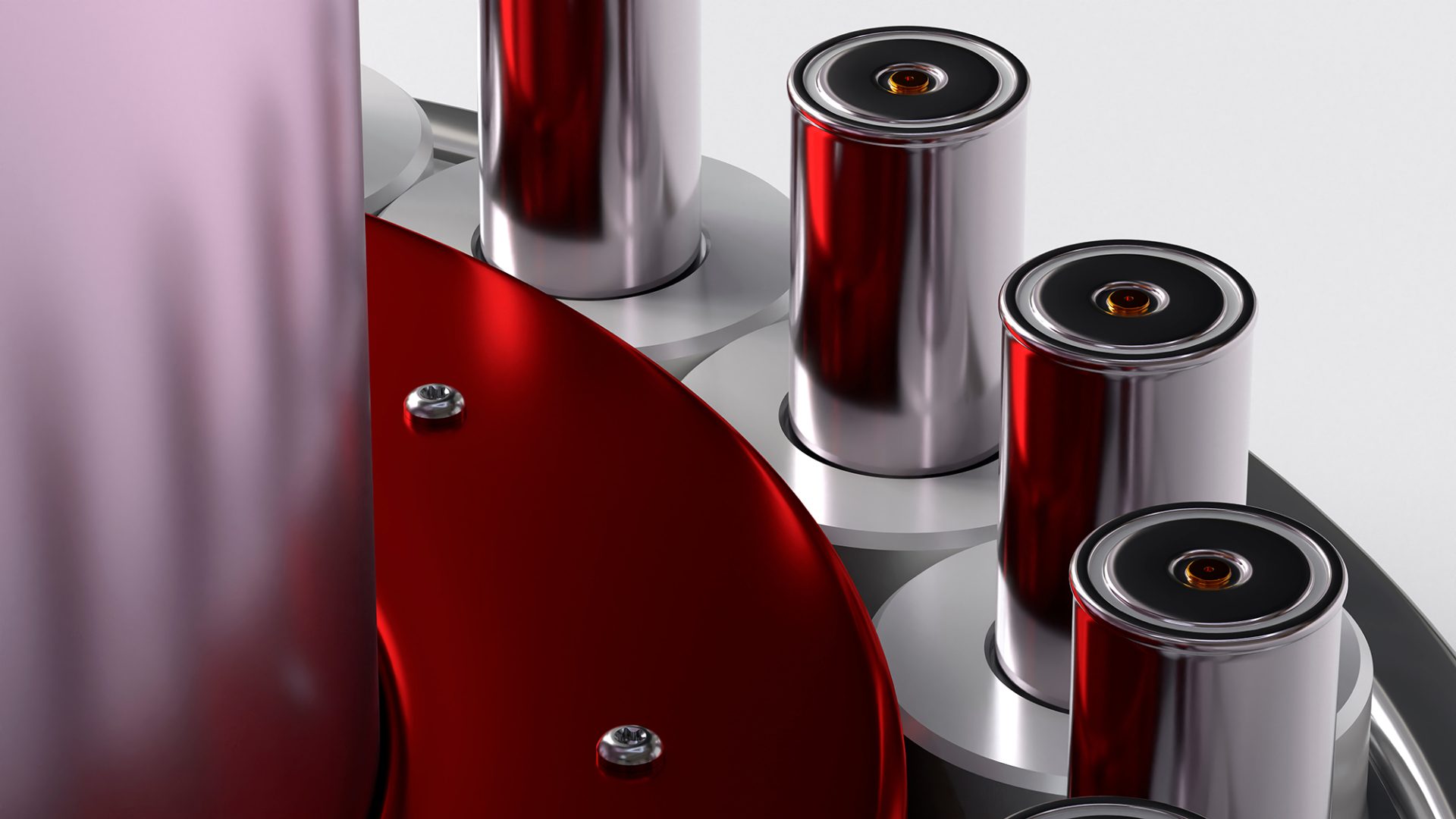

利用布鲁克小核磁minispec分析电极浆料, 优化锂离子电池生产成本
在这份应用文档中,我们介绍了布鲁克小核磁 minispec 时域核磁共振(TD-NMR)波谱仪如何测量浆料的重要物理性质,并使制造商能够优化锂离子电池的涂层工艺。
主要内容:
目前,市场上有越来越大的需求,要求制造出具有更长的充电寿命、更高的能量密度、更快的充放电速率和更高安全性的锂离子电池(LIBs),同时成本更低。这些改进对于不断增长的电动汽车、大型静态电力存储系统和消费电子需求至关重要。影响电池成本结构的主要因素是生产过程中的材料和材料浪费。通过改进电极涂层工艺的精炼方法,制造商可以最小化昂贵材料的投入和浪费。优化电极涂层工艺是提高LIBs性能的基本步骤之一。重要的是,涂层材料必须均匀地涂在电极上。涂层前体的粘度和粒子分布必须优化,以提供最高效的制造和电池最终的性能特性。涂层前体是一种水性悬浮液,通常称为浆料。
在这里,我们介绍了布鲁克小核磁 minispec 时域核磁共振(TD-NMR)波谱仪如何测量浆料的重要物理性质,并使制造商能够优化锂离子电池的涂层工艺。